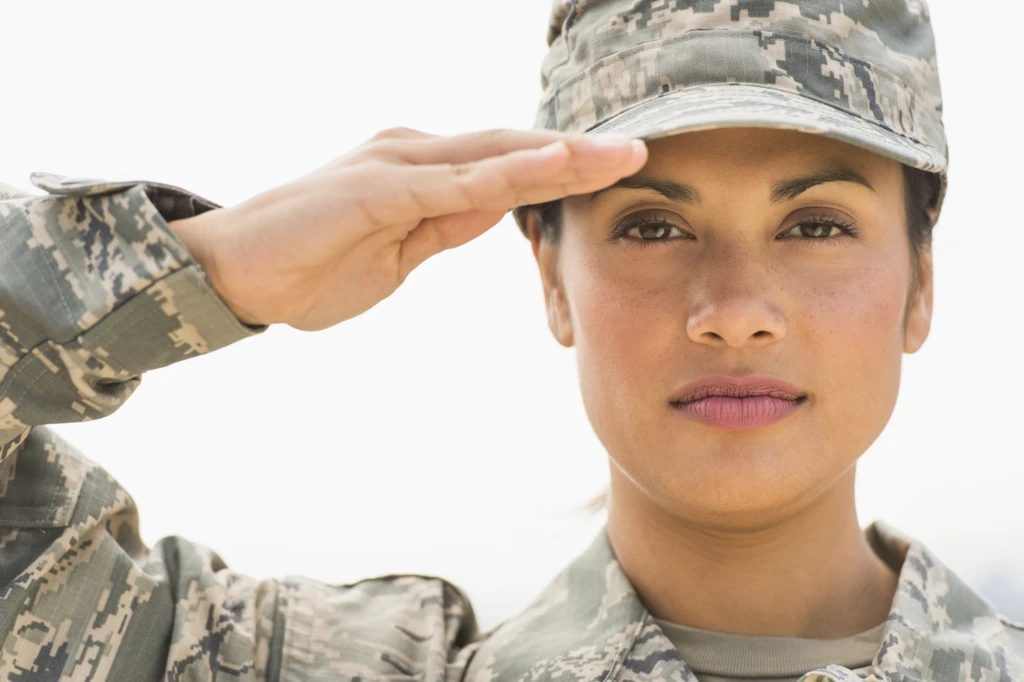
Honoring the female trailblazers of global defense
March is Women’s History Month, a celebration of the profound contributions and impact that women have made across the United States and the world over. Established by the U.S. Congress in 1981, Women’s History Month overlaps with International Women’s Day, a global holiday celebrated every March 8. This is a day for both celebration and pause as we consider the incredible achievements of women, while also calling attention to the challenges and inequalities that women still face in the world, and for which change is sorely needed.
Here at Microsoft, we know that when women rise, everyone benefits (“a rising tide lifts all boats,” as one of my favorite expressions goes).
As a Defense and Intelligence team, we want to give a special salute to all of the women leaders, trailblazers, and heroes serving national security missions around the globe. We are grateful.
In the spirit of amplifying women leaders and learning more about women’s history, I would like to give special recognition to a few extraordinary women from around the world who have had an outsized impact on defense and intelligence missions:
- Grace Hopper. One of my personal heroes, Hopper was a pioneering computer scientist and a U.S. Navy rear admiral. Hopper helped develop one of the first computer compilers, a precursor to the COBOL programming language. She was the first woman to receive the National Medal of Technology, and her contributions to defense, technology, and society were recognized with a posthumously awarded Presidential Medal of Freedom in 2016. For the innovators out there, one of my all-time favorite quotes is also widely attributed to Hopper— “The most damaging phrase in the language is, ‘We’ve always done it this way.”
- Mary Ellis. A famous RAF pilot and WWII hero, Ellis learned to fly as a teenager after becoming enamored with aviation following a childhood visit to Sir Alan Cobham’s Flying Circus. During World War II, Ellis personally delivered more than 1,000 of the legendary Spitfire fighters to their assigned bases. Ellis marked her 100 birthday by taking to the skies for one last Spitfire flight, which cemented her legacy as a true aviation legend.
- Charity Adams Earley. With a thirst for knowledge and an incredible brain, Earley quickly advanced through her schooling. She was taking graduate courses in psychology when war struck, and in 1943 Earley applied to join the Women’s Army Corps (WAC). Not only was she accepted, but she was also promoted to officer and ultimately led the only company of Black WACs to ever be deployed overseas. Her unit was responsible for coordinating the delivery of mail to more than 7 million soldiers during World War II. By the end of the war, Earley was the highest-ranking black woman in the U.S. military. After she left the service in 1946, Earley dedicated herself to education, community, and civic service, as well as the fight against racial injustice.
- Valérie André. A French neurosurgeon and aviator, André became the first woman to attain the rank of General Officer in the French military, and later, Inspector General of Medicine. A veteran of the French Resistance, she served overseas in Indochina and took it upon herself to learn how to fly a helicopter so as to more easily reach wounded soldiers trapped in the jungle. André is the first woman to have flown a helicopter in combat, rescuing 165 soldiers and personally parachuting into theater to treat wounded soldiers on the battlefield.
- Jeanne M. Holm. Holm was the first female one-star general of the U.S. Air Force and the first female two-star general in any U.S. service branch. Holm enlisted in the Army in 1942 and assumed a wide range of leadership roles around the world during her time in service. Holm was the longest-serving Women in the Air Force (WAF) director ever, and her work greatly expanded opportunities for women to serve in the U.S. armed forces.
- Juanita Moody. Moody was a key U.S. intelligence figure during the Cuban Missile Crisis when she supervised the NSA’s signals intelligence (SIGINT) response to the threat. Truly a pioneer and innovator in her field, Moody revolutionized SIGINT reporting and was the first-ever recipient of the National Intelligence Medal of Achievement.
We also want to recognize the many unsung heroes of the defense and intelligence community—those women who serve on the frontlines; the intel analysts and operators; the maintenance and support workers; the women of the defense industrial base; and all those who served out of love of country and neighbor. These women show up, day after day, and work under incredibly challenging circumstances, all too frequently as the only woman in the room. We also honor those women whose names and missions remain protected, even posthumously. Their sacrifices are not forgotten.
Despite progress, there is much more to be done to make the defense and intelligence community more diverse, inclusive, and accessible to all. As the United States Department of Defense so eloquently put it, “Both in uniform and through the civilian sector, mothers, daughters, sisters, and wives have selflessly served to defend and protect the land of the free and home of the brave. Even in grim situations and under austere conditions, these women have persevered—standing tall and strong as defenders of freedom, liberty, and justice.”
We are stronger together, and we are more innovative when we incorporate diverse perspectives from all walks of life. As we celebrate Women’s History Month, we honor the incredible contributions and achievements of the women of the defense and intelligence community. Thank you for your service, today and every day.




